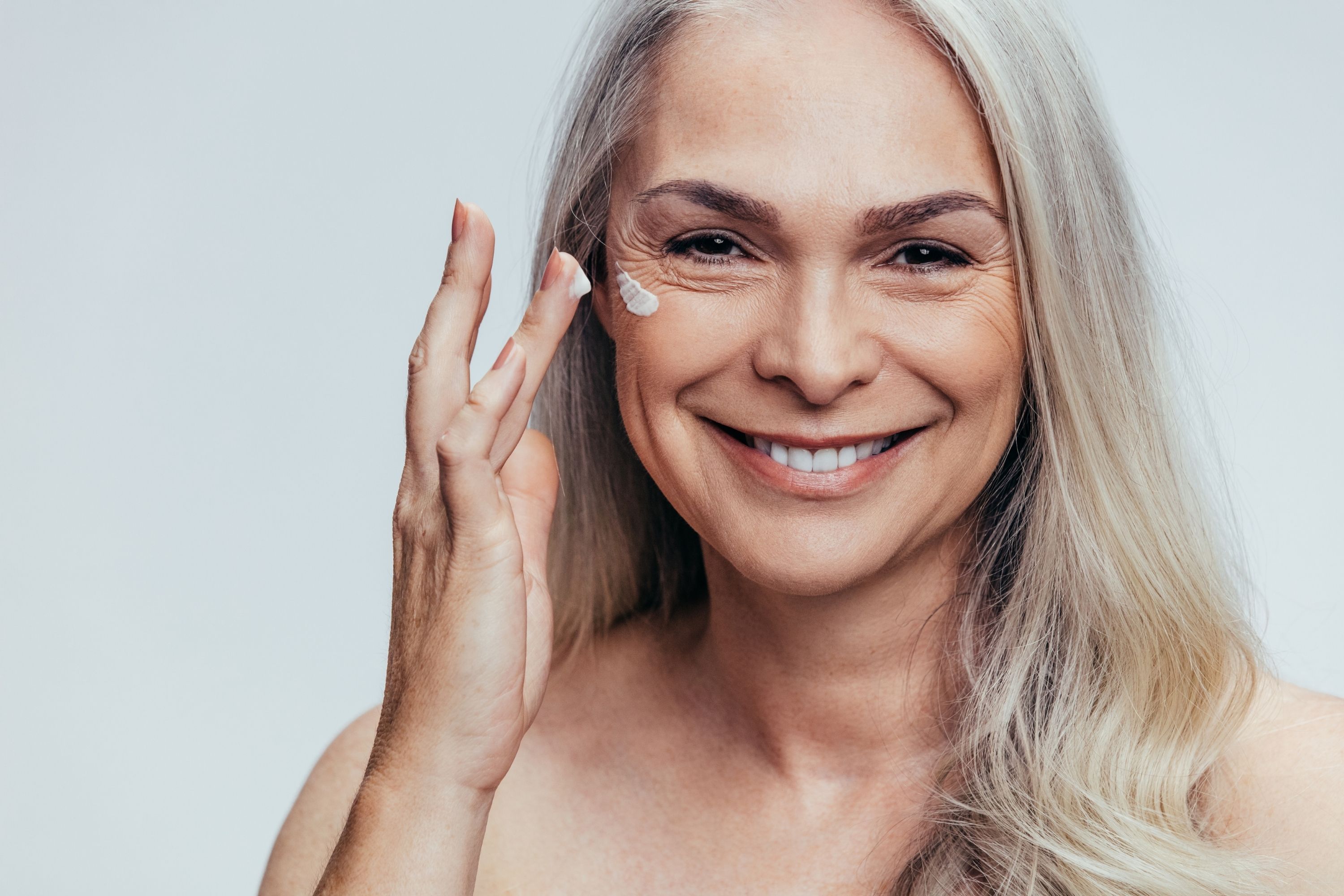If you’re ready to commit to buying a new mattress, as with any prospective long-term relationship, it’s critical to examine your options before leaping. A new mattress is a big purchase that warrants careful consideration ahead.
A supportive, comfortable bed facilitates a restful night’s sleep, which allows you to perform better throughout the day.
So, if you are ready to get that extra comfort level during long nights and when you need to disconnect from the world, there are a few things to think about.
Consider trying before buying
While lying down and trying out a mattress may be awkward, it is necessary to test the product before handing over your credit card information to the retailer.
There is no skipping this stage, so cuddle up in your favorite sleeping position, roll from side to side, sit up in bed as you would when reading, and sit on the mattress’s edge to feel its firmness.
After physically testing the mattress, ask yourself the following questions:
- Do you wake up feeling stiff and achy?
- Do you feel weary or grumpy when you get up?
- Did you have nighttime itching?
- Did you wake up several times throughout the night?
- Do you feel well-rested?

Ask about return policies and trial periods
Even if you tested the mattress in the shop, the actual test comes after sleeping on it for a whole week or month. For this reason, the majority of mattress retailers provide a “comfort trial” period which usually lasts about 30 days; you may return the product if it isn’t as comfy as anticipated.
Keep in mind that many mattress shops may charge you a restocking fee if you choose to use this option. Nonetheless, a trial period is essential, particularly if you are purchasing the mattress online.
It’s important to be aware of your experience with the new mattress during the trial period and carefully read its labels and instructions.
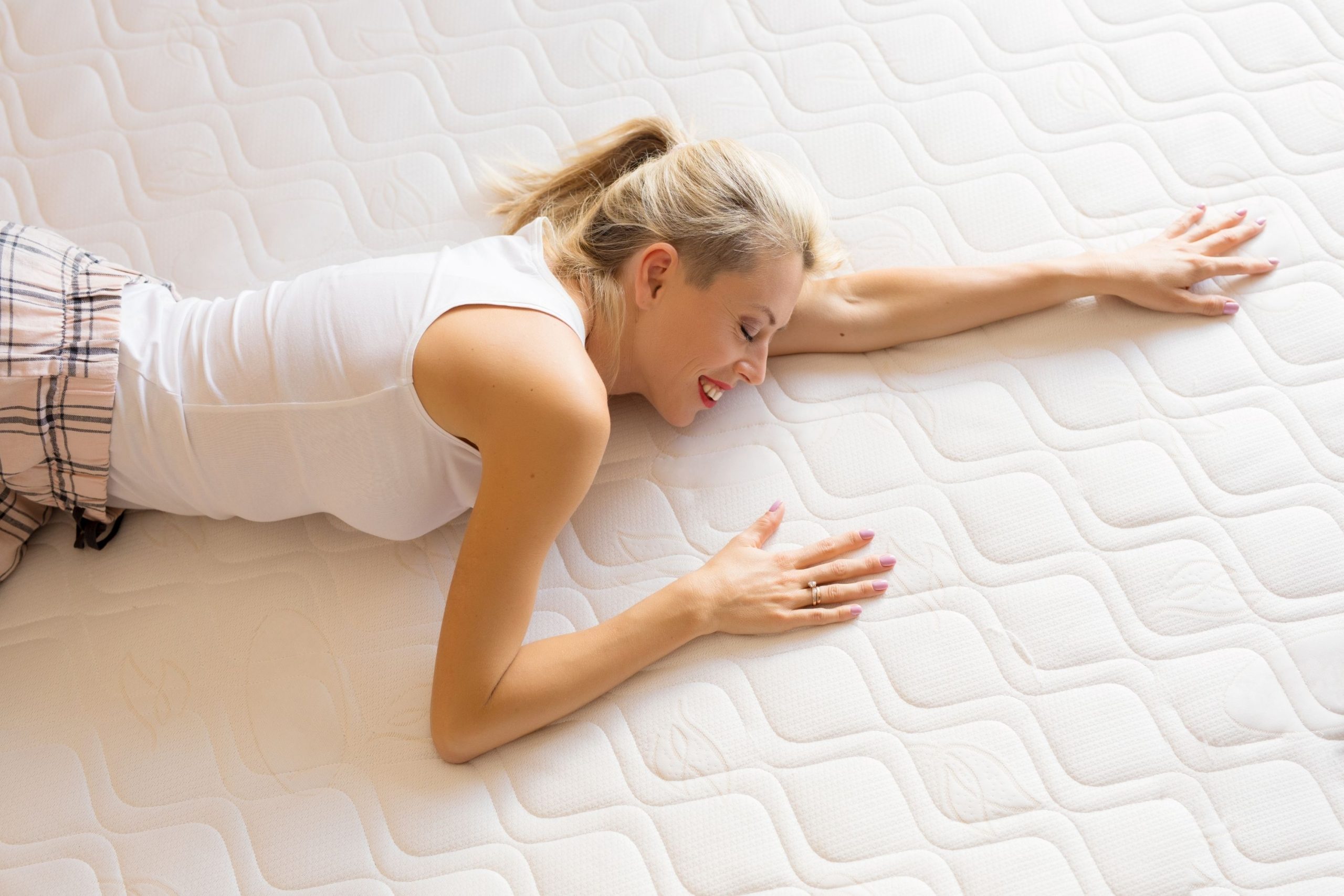
Some mattresses come with a zipper even though their covers are not supposed to be taken off.
And while that is somehow counterintuitive, taking the cover off for washing may not only affect your warranty, but it might also release hazardous chemicals and particles in your home.
“Some mattresses state that the products have 62% fiberglass. However, the outer cover has a zipper, which misleads the consumer to believe that it is alright to remove it for laundering,” says Gregory Cade, industrial hygienist and attorney at Environmental Litigation Group, P.C.
Buying a mattress in-store is better than going the virtual route
With a few clicks, you can buy almost any product available on the internet these days. Despite this apparent ease, is this a wise choice when shopping for a mattress?
It is recommended that you buy mattresses from a genuine brick-and-mortar shop, where you can lay down and test out a variety of beds before making your final decision.
Nothing is more upsetting than getting your brand-new mattress and discovering that it does not match your expectations and must be returned.
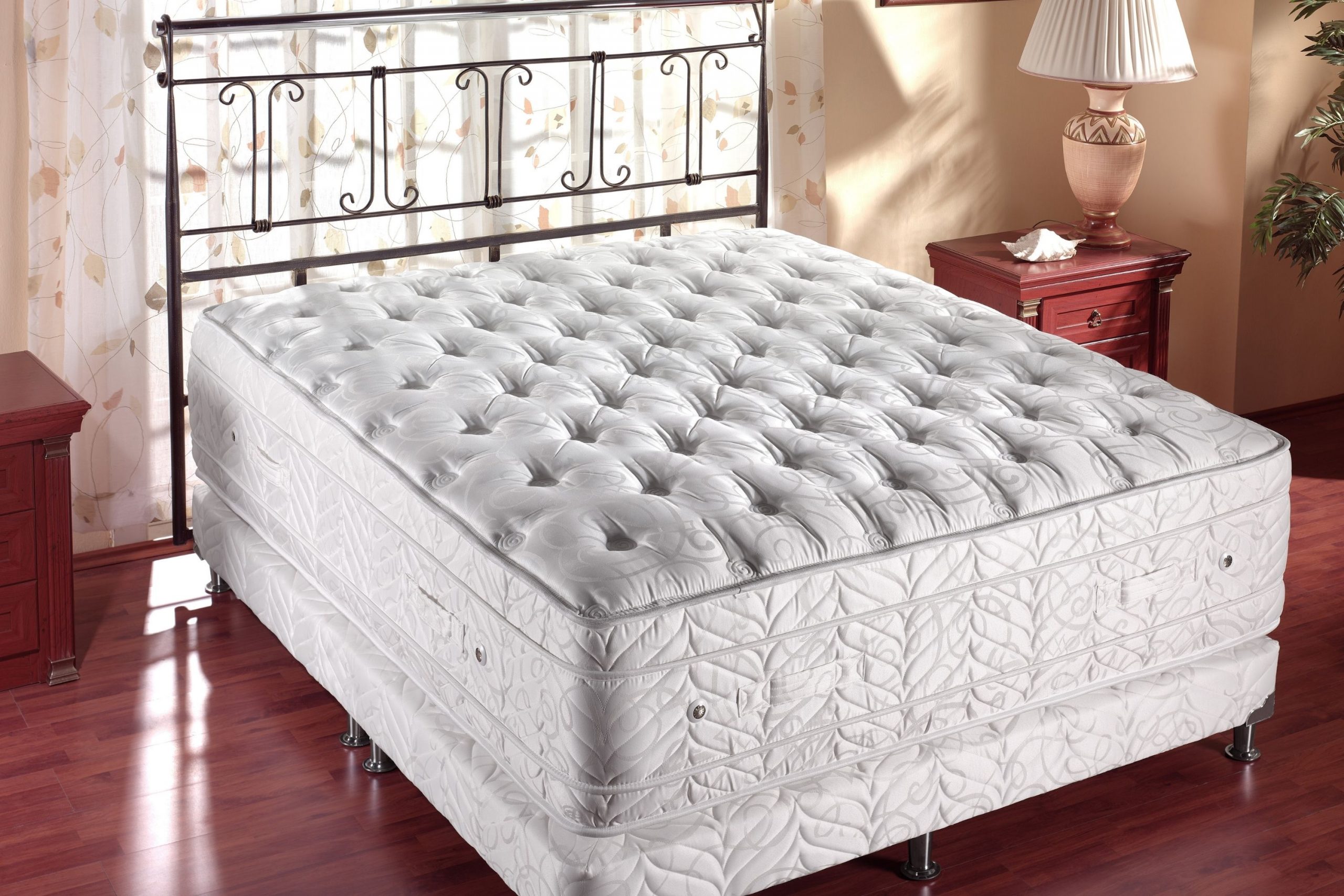
Read the customer reviews
Learn more about the different mattress brands available by reading what other customers have to say. Check the mattress companies’ website to see if there are any client testimonials posted there. Do not buy mattresses from a manufacturer with a bad track record.
Pay little heed to what mattress companies say about themselves since they are responsible for marketing their own products. Investigate impartial evaluations from individuals who have bought the mattress you are considering.
Read a variety of reviews, including favorable, unfavorable, and in-between ratings.

Don’t opt for the cheapest option available
Is it worth spending a fraction of the cost? The term “cheap” encapsulates more than just its price. The materials may be of inferior quality, and this can lead to serious health consequences. Choosing a high-quality mattress is critical for restful sleep.
Certain vendors provide low-priced, high-quality mattresses with enticing promotions. Be cautious of such dealers and use extreme caution while selecting a mattress.

Check the contents of your mattress
Most importantly, what is included inside a mattress is what counts most when it comes to the product you’ll be using for the next ten years.
Many mattresses contain a host of chemicals that may contaminate indoor air; for example, polyurethane foam can emit asthma-inducing volatile organic compounds or VOCs.
They may also include adhesives, sealants, and formaldehyde, all of which may cause respiratory problems and have been related to cancer and endocrine system disturbance. Keep in mind that you spend almost one-third of your life in bed. As a result, it is essential to choose a non-toxic mattress.
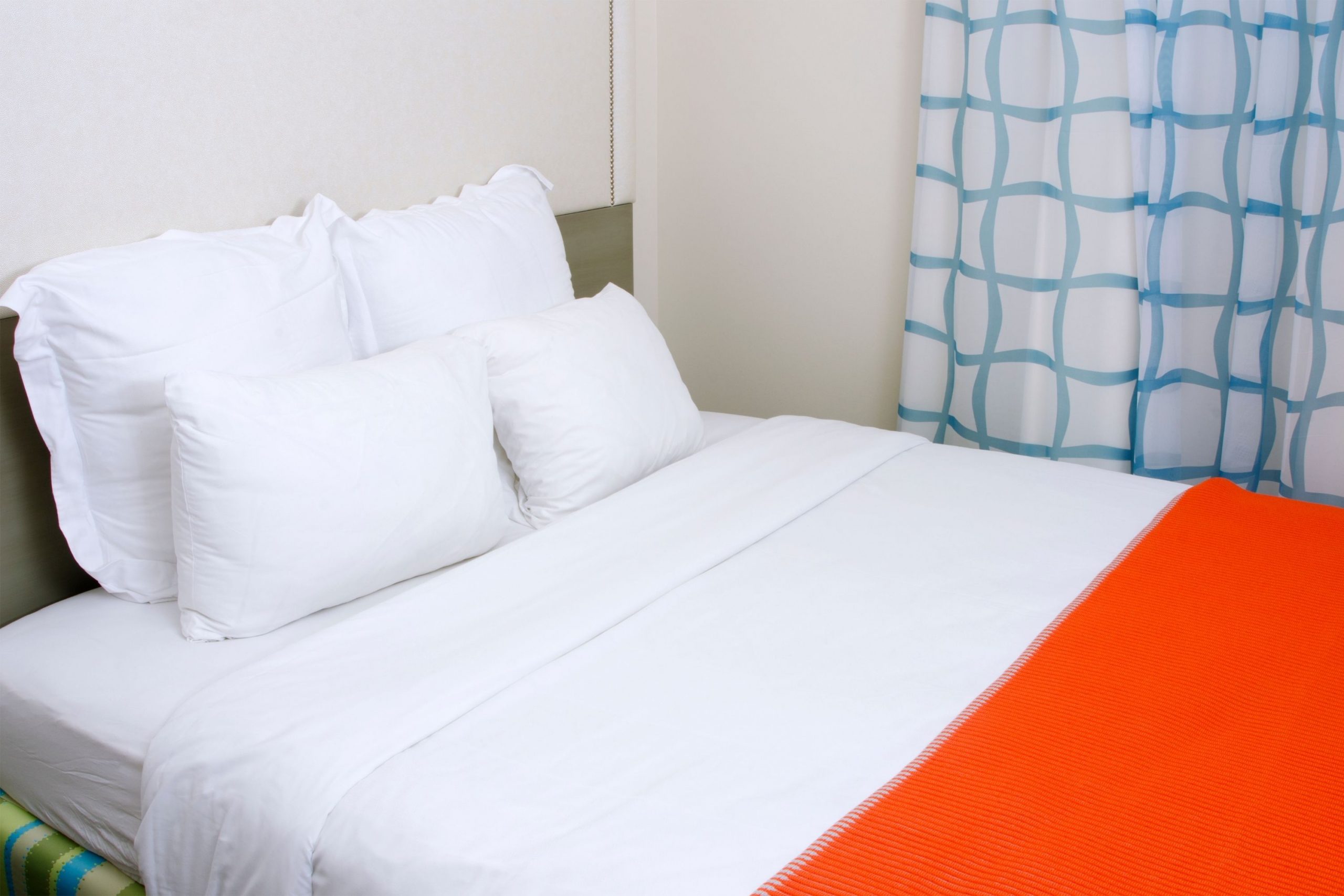
Check the label – the inner cover may contain fiberglass
If the label says “do not remove the cover,” then this means that the mattress may contain a composite material made by reinforcing plastic with glass fibers and synthetic chemicals.
The composite is also called fiberglass. Specific mattress manufacturers utilize fiberglass as a low-cost fire retardant in the inner coverings of certain mattress types.
The growing body of data that fiberglass may contribute to developing an array of respiratory diseases that may have lasting effects has created a highly charged and possibly far-reaching public health concern.
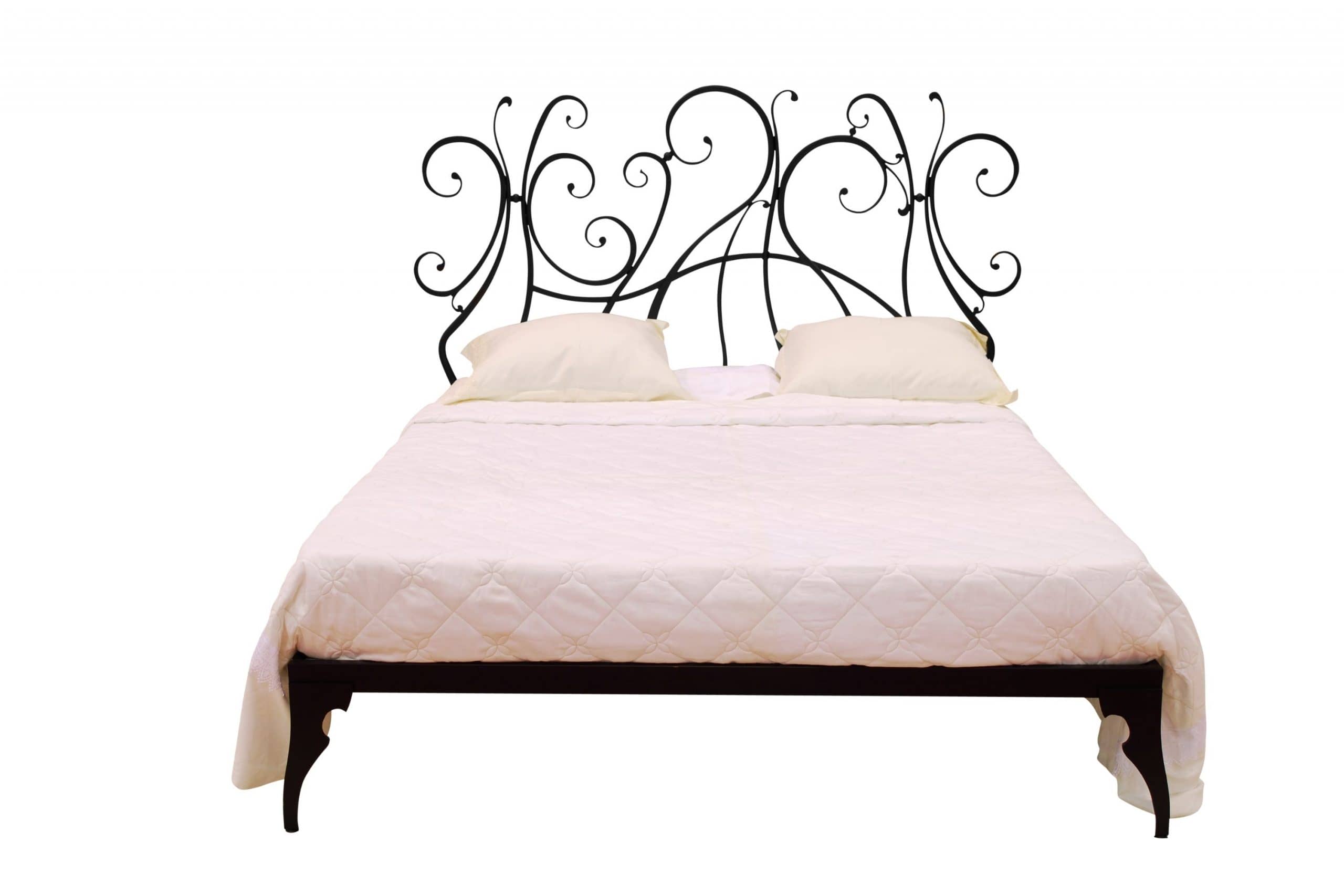
Despite the data being far from conclusive, it is causing ripples across the mattress market and federal regulatory authorities. Furthermore, cleaning up a house contaminated with airborne fiberglass can cost up to $20,000.
Finally, while the criteria listed above are comprehensive, we suggest researching mattress brands incorporating organic materials to make their products more sustainable and ecologically friendly.
We hope that you will feel more confident as you go on your shopping expedition and that you will feel prepared to get the best bargain for the finest sleep of your life.
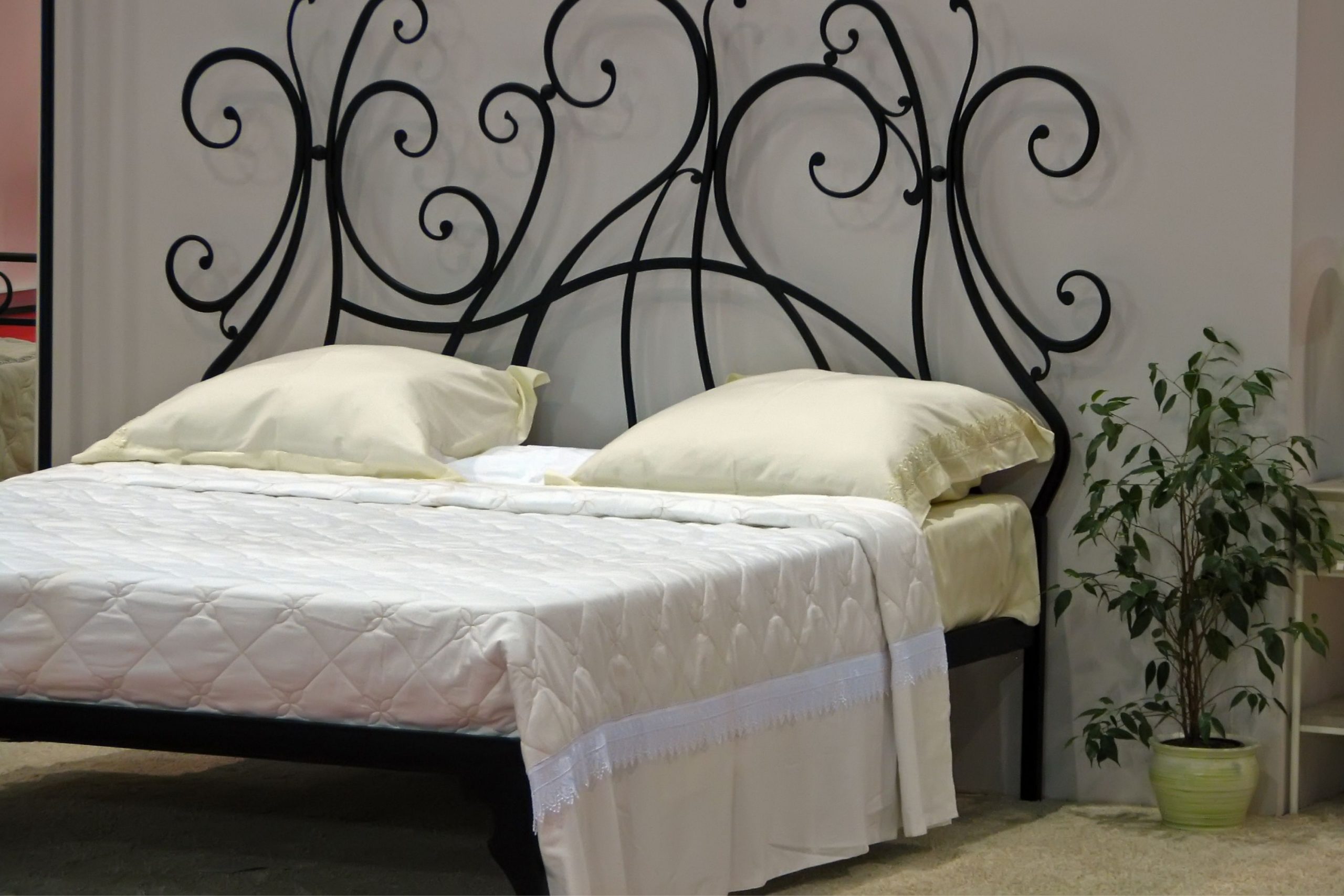
Thanks, to Jonathan Sharp for the article review. He is the CFO for the Environmental Litigation Group, P.C., a Birmingham, Alabama-based legal firm devoted to helping individuals who have experienced severe health consequences due to defective products or occupational exposure to hazardous substances.



